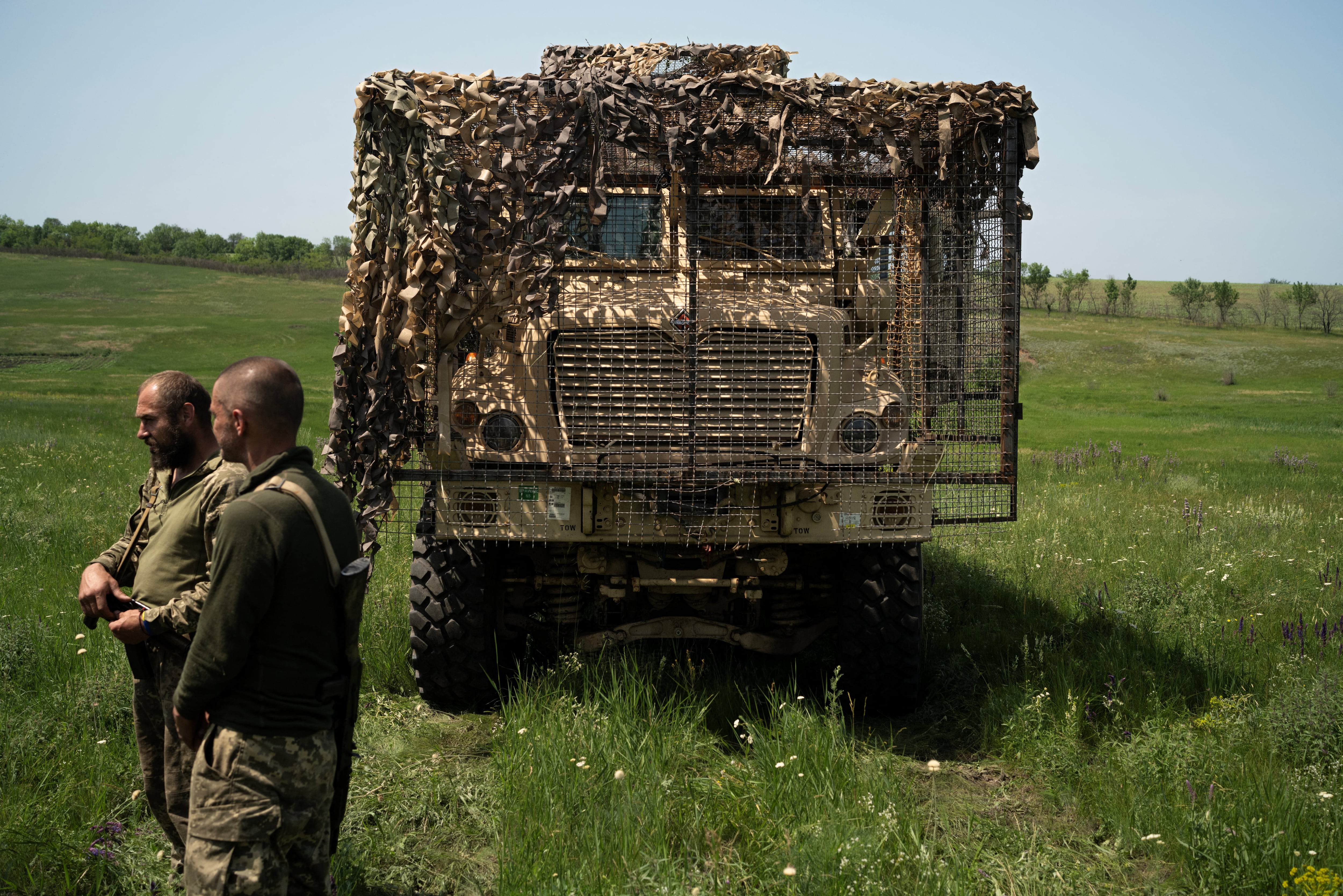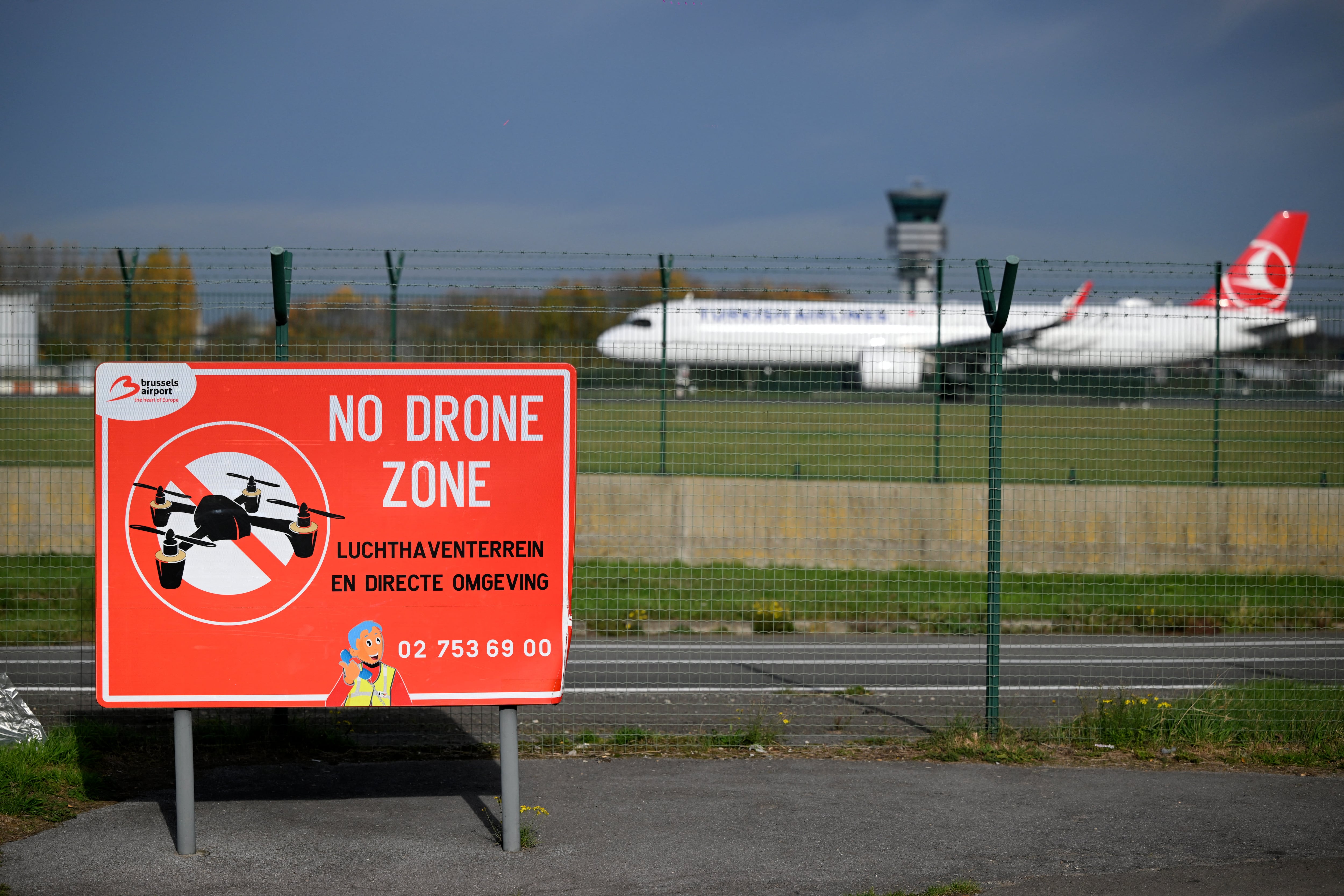The Air Force is facing a massive pilot shortage — in both it's remotely piloted aircraft and conventional manned aircraft — which for RPAs has affected the ability to train and game new concepts.
As the Air Force — and the military writ large — continues the counterterrorism fight against technologically inferior actors in so-called permissive environments, it must balance this with operations in more contested environments with advanced radar, anti-aircraft and fighter jets capable of intercepting potentially vulnerable drones.
"I mean, when we get a little bit of breathing room and get some dwell time I think we’ll find the MQ-9s are significantly more capable than we’ve used them in the past. We just have to have an opportunity to develop that," Gen. Herbert "Hawk" Carlisle, who most recently served as commander of Air Combat Command until March, told C4ISRNET in September.
Col. Case Cunningham, commander of the 432nd Wing and 432nd Air Expeditionary Wing at Creech Air Force Base, Nevada, elaborated on Carlisle’s comments regarding the untapped potential of these aircraft and the downtime needed to train pilots and develop concepts.
"When you get the community into dwell, and we get to train more to some of these mission sets that we’re not currently doing in combat today, but we have an opportunity from time to time on the Nevada test and training range, the more deliberate you are in getting to those training opportunities, the more capable the force becomes," he told C4ISRNET in a recent telephone interview.
Cunningham described that the MQ-9 weapons school runs its syllabus at the same time as the Air Force’s weapons school, culminating with weapons-school integration that involves scenarios based on highly contested environments.
"Although we’re not doing it in combat today, our combat force is dedicated to fighting in multiple arenas today, but our weapons school is training and executing in that contested and denied environment in a very deliberate fashion twice a year," he said. "Then what that does is it provides our weapons school instructors, who come out of that course, the knowledge and capabilities to instruct to that level of integration, and then we also from time to time — even though we’re constantly engaged in combat — have an opportunity to engage in Red Flag."
Red Flag is the Air Force’s primary air-to-air combat training exercise.
Lt. Col. Landon, chief of MQ-1 and MQ-9 operations in the persistent attack and reconnaissance division at Air Combat Command, told C4ISRNET last year that the RPA operators go through the mission-planning process with manned counterparts during Red Flag, figuring out how to solve the problems presented, executing and debriefing together.
"I wouldn’t say we’re doing anything differently. It’s been our approach all along — is to try to get that face-to-face interaction and to be side by side with the manned players," said Landon, whose last name was withheld for security reasons. "Red Flag allows us to go out and to educate our airmen about multiple aircraft and the capabilities, prepare them for combat, make them smarter, make them better at what they do. And that again is for all aircrew — manned and unmanned."
Landon noted that they do game and test new or emerging conceptsduring these exercises.
Training up the force and realizing the potential of some of these platforms would have to come from higher levels of Air Force leadership, something Cunningham said they are taking seriously. "We’re moving toward what we call a combat-to-dwell concept," he said. Since the vast majority of the MQ-9 force is dedicated to combat operations, he said, when someone has an assignment, that individual spends three years of that assignment in combat operations so there’s no time to train to any other mission sets — only the mission sets they’re doing in combat.
"This combat-to-dwell — and it requires more manpower that were building towards — would have us in combat for, say, six months and then out of combat for three months and then time we’re out of combat is when we’re training to our other mission sets and other capabilities," Cunningham said. "That enables us to build more proficiency, increases our readiness to fight different and other fights to include more contested environments, and then that builds the capability of the force."
Cunningham explained that the MQ-9 as a multi-role aircraft has a lot of untapped potential that’s playing out in urban close-air support, and some of these other mission sets the force finds are very successful during Red Flag and weapons-school integration sorties. Those mission sets include search and rescue, as well as strike coordination, reconnaissance and searching out targets for other aircraft to strike.
Cunningham described the weapons-school integration as the most complex air exercises in the world today. "That’s where you see, from an MQ-9 perspective, integrating in that environment and using those other platforms in a contested and denied environment to have the best effort. I think weapons school is on the leading edge of that," he said.
Mark Pomerleau is a reporter for C4ISRNET, covering information warfare and cyberspace.








